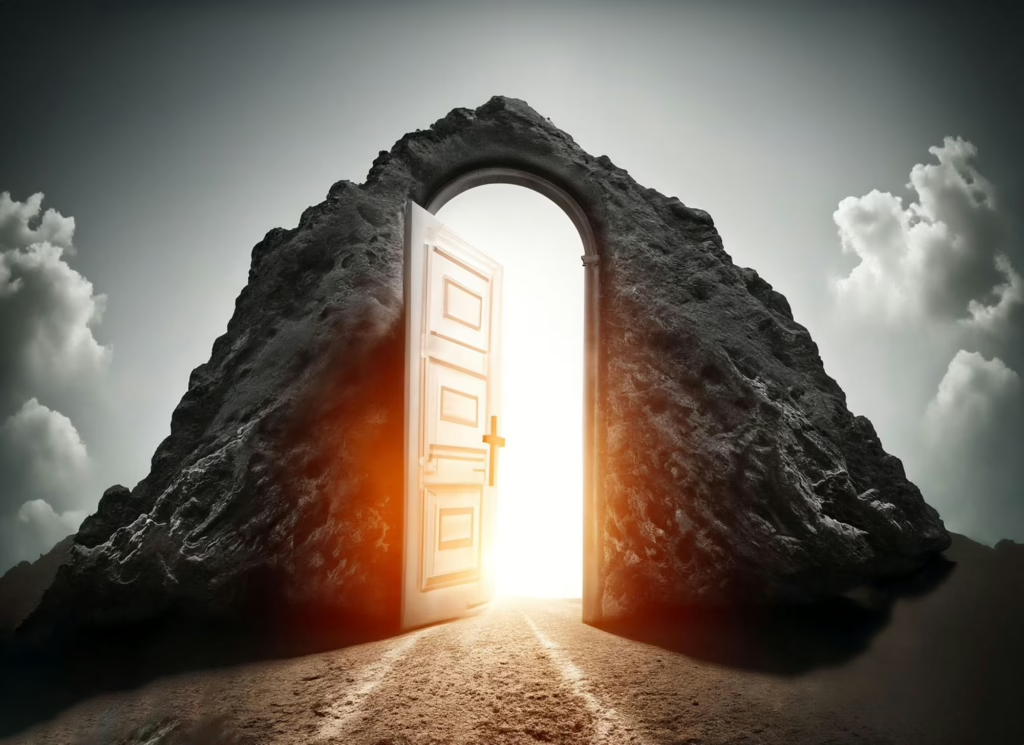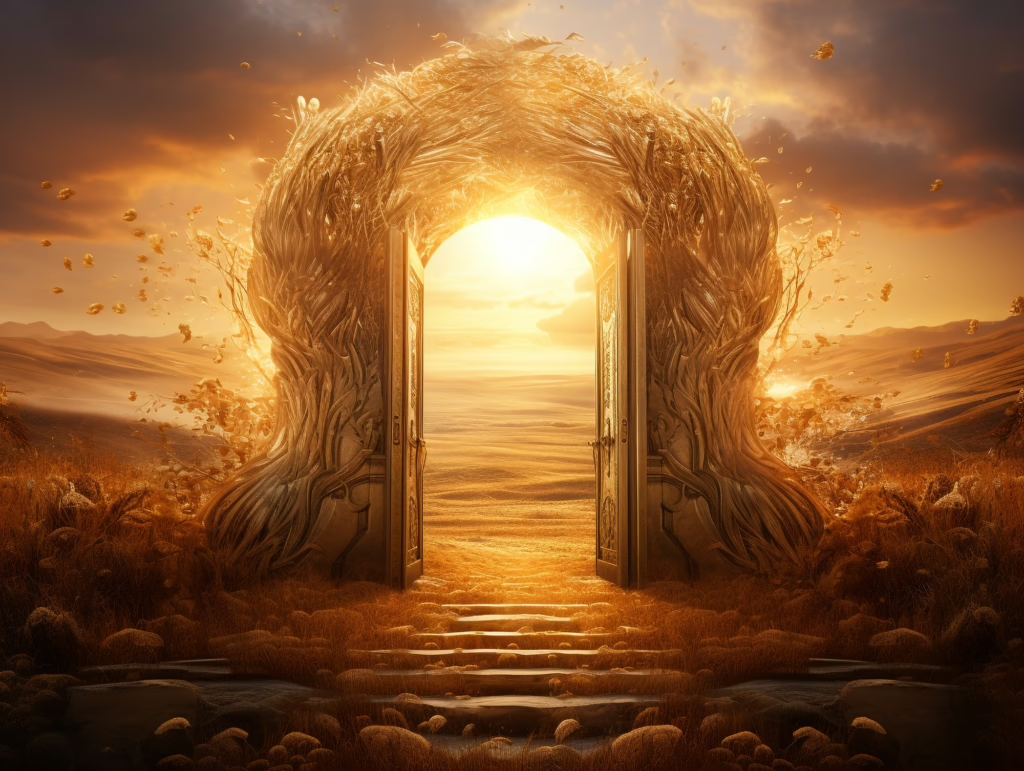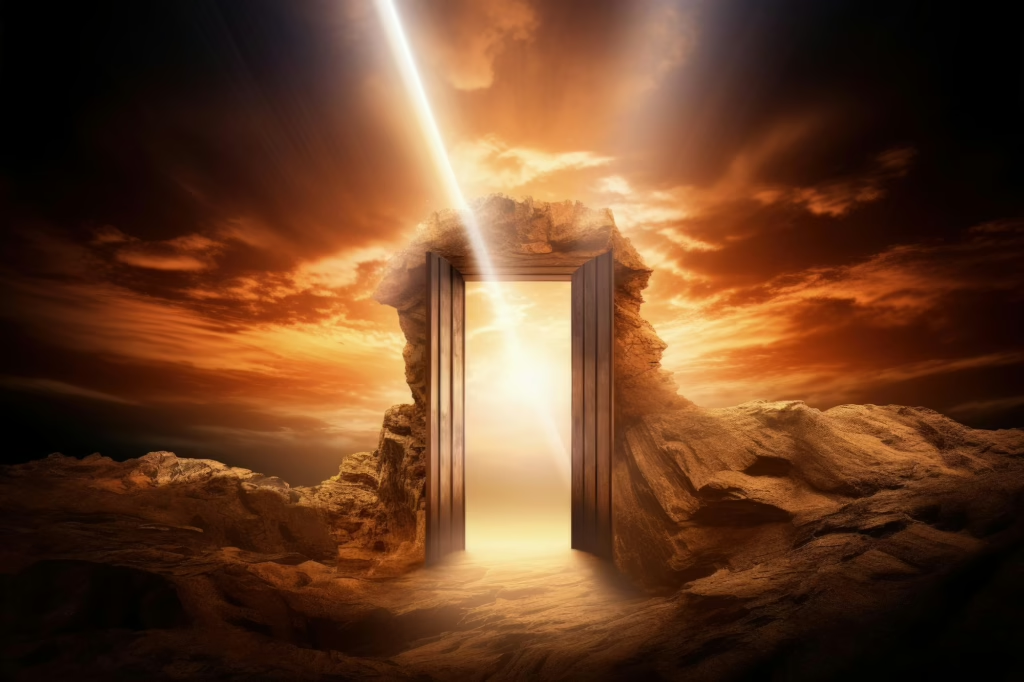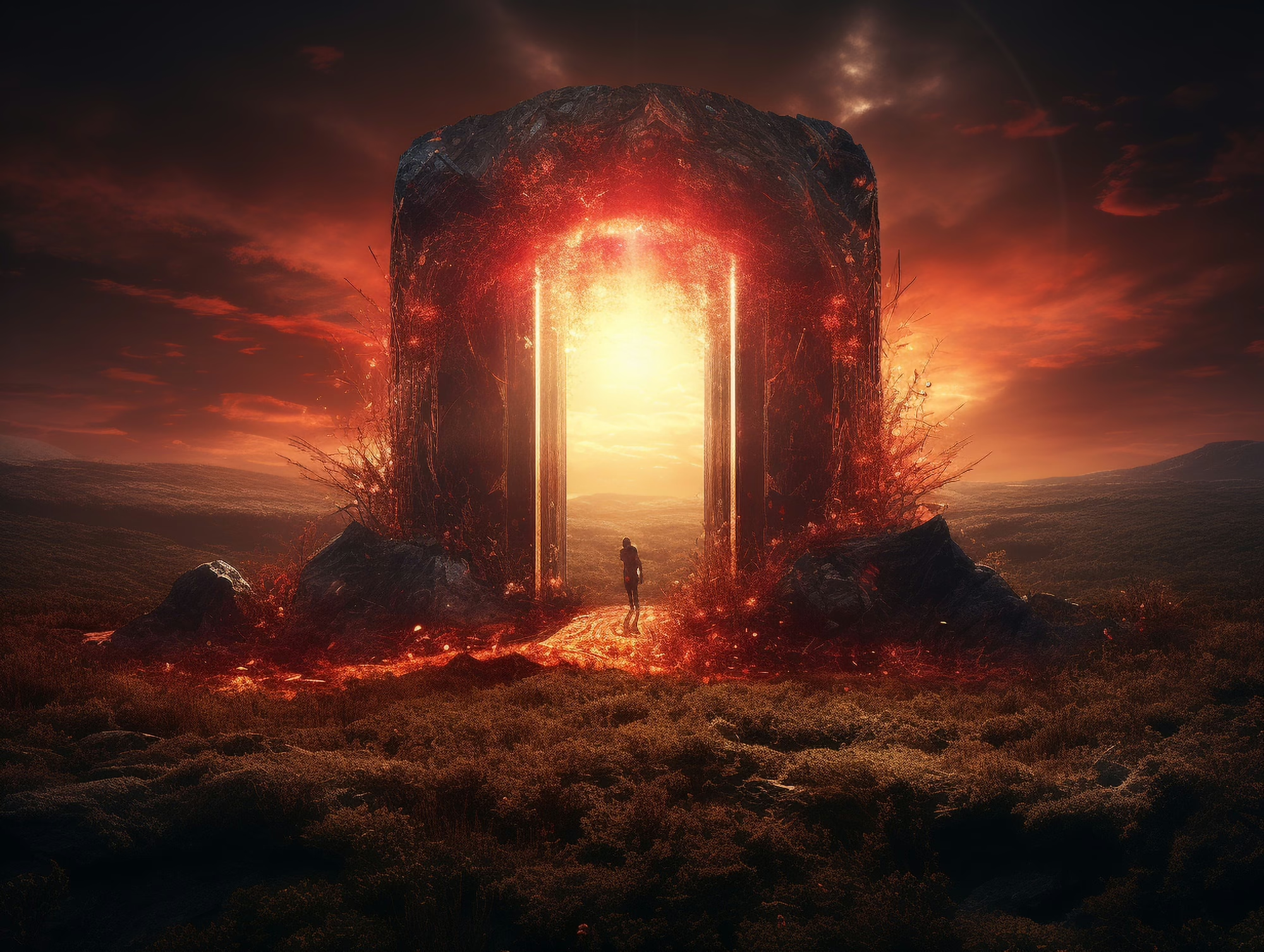W. B. Yeats’ “The Second Coming” (1919, published in 1920) is one of the most powerful and prophetic poems of the 20th century, capturing the chaos and disintegration of the modern world following World War I. Composed during a time of global turmoil—including the aftermath of the Great War, the Russian Revolution, and the Irish struggle for independence—the poem resonates with a sense of apocalypse and historical transformation. It is widely regarded as Yeats’ bleak meditation on the collapse of traditional structures—political, moral, spiritual—and the ominous rise of something new and monstrous in their place.

Historical and Biographical Context
Yeats wrote “The Second Coming” during a period of great political instability. The devastation of World War I had shaken Europe to its foundations. In Yeats’ own country, Ireland, the Easter Rising of 1916 and the Irish War of Independence were redefining national identity through violence. Personally, Yeats had recently married Georgie Hyde-Lees, who began experimenting with automatic writing, leading Yeats into deeper spiritual and esoteric speculation.
This poem is intimately connected to Yeats’ complex philosophy of history, which he elaborated in his metaphysical prose work A Vision. Central to this system is the idea of gyres—interlocking spirals that represent the rise and fall of historical epochs. Yeats believed that history followed a cyclical pattern, with each 2,000-year cycle culminating in collapse and rebirth. The poem reflects his belief that the Christian era was coming to an end, and something dark and incomprehensible was about to emerge.
The Poem’s Title and Allusion
The title “The Second Coming” draws on Christian eschatology—the prophecy of Christ’s return at the end of time to judge the world. However, Yeats’ version of this “second coming” is deeply ironic and terrifying. Rather than a messianic return of divine grace, it is the emergence of a new epoch heralded by a monstrous figure that stands in opposition to Christian ideals. In this way, Yeats appropriates and subverts Christian symbolism to reflect his fears of cultural and moral upheaval.

Themes
- Chaos and Collapse: The opening lines convey a vision of the world unravelling—“Things fall apart; the centre cannot hold.” Yeats presents civilization as teetering on the edge of destruction.
- Spiritual Disorientation: The poem suggests that humanity has lost its guiding moral and spiritual compass. The “ceremony of innocence” is drowned, and anarchy reigns.
- Prophetic Vision and Cyclical History: The second stanza shifts to a visionary mode, where the poet imagines a terrible beast slouching toward Bethlehem—a symbol of a new, inhuman age. This ties to Yeats’ gyre theory of alternating historical phases.
- Loss of Faith in Rationality and Progress: Written after the mechanized horrors of World War I, the poem reflects Yeats’ disillusionment with Enlightenment ideals and modernity.
Symbolism
Yeats’ imagery is stark and apocalyptic. The falcon losing sight of the falconer suggests a breakdown in communication between man and the divine or between society and authority. The rough beast with a “lion body and the head of a man” echoes pagan or Egyptian mythology—possibly the Sphinx—and suggests a return to primitive, pre-Christian forces.
The use of the desert—a barren, timeless space—enhances the poem’s sense of existential dread and estrangement. The “twenty centuries of stony sleep” refers to the Christian era, now ending with the reawakening of something violent and primal.
Language and Form
The poem is written in blank verse with irregular rhythm and no fixed stanzaic form, reflecting the content’s sense of disorder and collapse. Its diction is elevated and biblical, contributing to its prophetic tone. The poem moves from observation to visionary prophecy, building an ominous crescendo.
Cultural and Literary Impact
“The Second Coming” has become one of the most frequently quoted and referenced poems in modern literature and political discourse. Phrases like “Things fall apart,” “The centre cannot hold,” and “Slouches towards Bethlehem” have become cultural shorthand for moments of crisis and uncertainty. Writers such as Chinua Achebe (who titled his novel Things Fall Apart after the poem), Joan Didion, and countless others have drawn from Yeats’ haunting vision.

Conclusion
“The Second Coming” is a seminal poem that fuses Yeats’ mystical beliefs, his response to contemporary history, and his literary mastery into a dark and mesmerizing vision of cultural apocalypse. It is both a product of its time and a timeless warning about the cyclical nature of history and the dangers of losing moral and spiritual grounding in moments of transition. Yeats’ terrifying “beast” continues to resonate with modern audiences, making the poem a chillingly relevant reflection on the volatility of human civilization.

